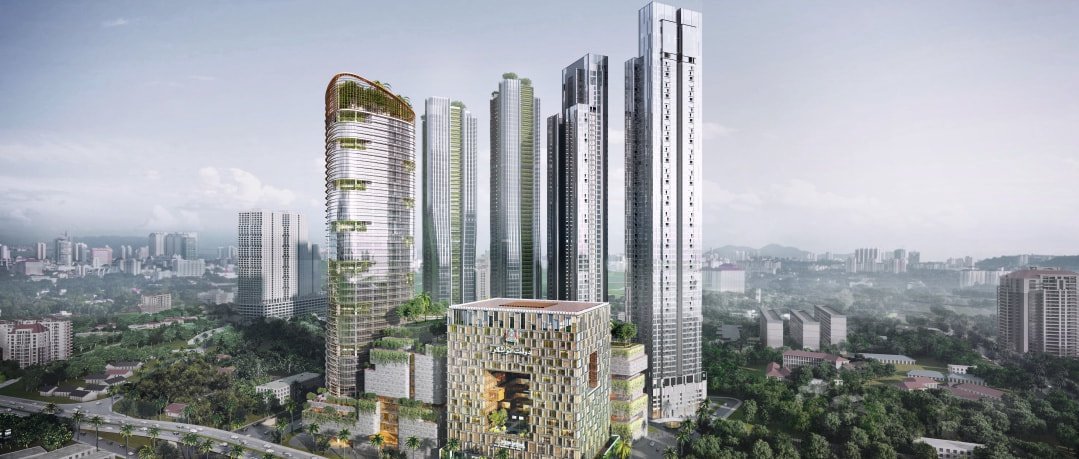 One Bukit Senyum is a mixed development which comprises twin towers of service apartments (The Astaka @ One Bukit Senyum), as well as phase two of One Bukit Senyum, which comprises of a shopping mall, grade A office tower, five-star hotel, Johor Bahru City Council’s headquarters, serviced apartments and residences. Photo: Astaka Holdings Limited Conferment of One Bukit Senyum expected to play a key role in Johor’s transformation into a burgeoning metropolis of Malaysia
By Khalil Adis Iskandar Malaysia’s property market received an added boost with the announcement by Astaka Holdings Limited that it has been granted node status by Malaysia’s Ministry of Finance and Iskandar Regional Development Authority (IRDA). Located in Flagship A of Iskandar Malaysia, the node status refers to a designated area where the developer and promoted businesses can enjoy tax incentives. “The node status accords Phase 2 of the project full income-tax exemption on proceeds from the sale and income derived from the leasing of all non-residential buildings,” said Singapore-listed Astaka Holdings Limited in a statement. One Bukit Senyum is an upcoming RM5.4 billion administrative and commercial hub spanning 11.85 acres. Phase 2 of One Bukit Senyum will include the new headquarters of the Johor Bahru City Council, a five-star hotel, serviced apartments and a premium shopping mall. It will also come with branded residences and serviced residences. “We are honoured that One Bukit Senyum has been awarded node status. This underscores the significance of our project and the trust that the Malaysian federal government and Johor state government have in Astaka,” said Astaka’s executive director and chief executive officer Dato’ Zamani bin Kasim. “Landmark developments such as One Bukit Senyum, that is in Johor Bahru City Centre or Flagship A of Iskandar Malaysia, will attract new investments that in turn, create job and business opportunities for the rakyat. This development will also contribute to efforts to enhance Johor Bahru’s standing as one of the leading growth centres to spur the nation’s drive towards becoming a high-income nation.” said Datuk Ismail Ibrahim, chief executive of IRDA. Astaka Holdings Limited is an award-winning property developer. In 2015, it won Best Condo Development (Malaysia) at the Southeast Asia Property Awards (Malaysia).
0 Comments
A study conducted by a researcher at ISEAS – Yusof Ishak Institute shows that the mega project in Iskandar Malaysia has negative effects ranging from ecological damage to environmental pollution. By Khalil Adis The controversial Forest City project appears to have adverse effects on the local community which include reduced fishing income, increased navigational dangers, more shallow and polluted waterways, noise and dust pollution, and dangers from speeding contractors’ and construction heavy vehicles. This is according to a finding released on 22 June by ISEAS – Yusof Ishak Institute. The ambitious 3,425 acres project spanning four different islands has been billed by the developer, Country Garden, as “a role model of a sustainable city smart city well ahead of its time”. However, the Singapore-based research institute’s study shows otherwise highlighting habitat damage and mass fish death, as among the biggest issues. Titled ‘The Socio-Cultural Impacts of Forest City’, the study was conducted by Serina Rahman, a visiting fellow under the Malaysia Programme. According to the study, Forest City “is having a major impact on its neighbouring community, Mukim Tanjung Kupang”. The study is based on the researcher’s extended fieldwork and total immersion in the villages around the Forest City development between 2008 and 2017. Background Forest City is a mixed-use development project by Country Garden Pacific View (CGPV), a joint venture between Country Garden Group and Iskandar Esplanade Danga 88 Sdn Bhd. Located off the Straits of Johor and within view from the Tuas Second Link, Forest City first gained attention sometime in 2014 when local fishermen had complained that it was affecting their livelihood, especially since it is located very near to the delicate Ramsar site. However, it was Singapore’s official protest and clout on the international stage that finally brought the project to a grinding halt. “Given Johor’s close proximity to Singapore, we are naturally concerned about any possible transboundary impacts on Singapore from property development projects that involve reclamation works in the Straits of Johor. There are also international obligations for both Malaysia and Singapore authorities to work closely on such matters. We have asked the Malaysian authorities to provide more information so that we can undertake a study as soon as possible on the impacts of these reclamation works on Singapore and the Straits,” the Ministry of Foreign Affairs said in a statement released on 21 June 2014. The diplomatic spat attracted significant international attention and media coverage forcing both the state and federal governments to take action. The federal government, via the Department of Environment (DOE), then intervened and asked the state government to comply with Malaysia’s commitment to international laws. Following several diplomatic exchange, the project stopped work temporarily in June 2014. This was after Singapore provided evidence at the Malaysia-Singapore Joint Commission on Environment in December 2014. The DOE subsequently issued a letter to Country Garden to do a Detailed Environmental Impact Assessment (DEIA) Report. Interestingly, this was done only after the project had commenced massive land reclamations, contravening international laws. In January 2015, the DOE finally issued a report and set new limits on the developer reducing its size from 1,600 hectare to less than 405 hectare. While this had resulted in a major revamp of the master plan (the initial plan appeared to show part of the island under the Second Link), the study shows the damage has already been done. We dissect the study and list down its key findings: #1 Livelihood of fishermen affected One of the most adverse impact arising from the project is on the livelihood of the local population. Mukim Tanjung Kupang, where Forest City is located at, comprises nine villages whose inhabitants are mainly fishermen. Of this, 250 are registered fishermen while many aren’t. “Many others in the community depend on gleaning in the mangroves, mudflats and intertidal seagrass for their daily meals. These are the fishermen (and women) who are greatly dependent on the natural habitats for their subsistence and survival,” the study shows. Additionally, the DEIA Report showed that the fishermen here earn an average household income figure of RM1,626. This is based on the developer’s finding called ‘Forest City Detailed Environmental Impact Assessment’ report, after the DOE requested the developer to do so. Citing a public dialogue in Kampung Pok that took place in September 2014, the study further mentioned a fisherman, Anuar Musa of Tg Kupang, who said that his income would be affected for the 30-year duration of the project. Additionally, he had said that “no amount of money could compensate him for the shrinking catch that he was seeing ever since reclamation began.” #2 Habitat damage and environmental pollution Forest City is situated very close to the delicate mangroves area located at the Sungai Pulai Ramsar site. Ramsar areas are recognised as wetland areas of international importance. Measuring 9,126 hectare, Sungai Pulai was gazetted as a Ramsar site on 31 January 2003 and is the largest riverine mangrove system in Johor. According to the study, some 2,000 acres of this site are now gone. Instead, it will be converted into three golf courses designed by Jack Nicklaus and an accompanying resort complex. During the public dialogue, other fishermen had reported on mass fish deaths in the area, providing clear evidence on habitat damage. In addition, the clearing of mangroves and secondary forest and the building of the dispersal link have also generated dust and noise pollution. “With access to these roads immediately in front of local villagers’ homes and shops, complaints about the dust have been rife. Houses are reportedly full of dust even when windows and doors are shut, and freshly laundered clothes hung out to dry come back covered in dust. Villagers on motorbikes and bicycles suffer from dust inhalation and particles in their eyes as they ride past these access areas. There have not been any studies or monitoring of local residents’ health issues as a result of the development. A few restaurants and food stalls close to the new dispersal link have shut down because of the pollution,” cites the study. #3 Job displacement among locals While the study did not mention how much their livelihood has been affected, the study suggests there is a possibility their income has been greatly reduced arising from the reported mass fish deaths. “Some former fishermen take on other work to supplement reduced catch and increasing petrol costs, heading back to sea only when there is a guaranteed harvest. Most young men work in the port or in the private sector as lorry drivers, Rubber-Tyre Gantry (RTG) operators, factory workers, security guards, cleaners and other technical jobs,” the study says. Local women are also affected. “Several women supplement family incomes with online sales of cosmetics, baked goods and other items. Some in the community commute to Singapore for work in factories or as cleaners but usually for only short periods of time,” the study cites. #4 Some fishermen received compensation, some did not Additionally, according to a research paper titled ‘The Case of Forest City’ by the Massachusetts Institute of Technology (MIT), “Country Garden was forced to treat those it stood to impact with more care and respect”. This was after the DOE’s intervention and the release of the DEIA Report. “It held several community engagement meetings and gathered input from villagers through a number of local workshops. In addition, a new law was passed that taxed developers for every square foot of reclaimed land and used the proceeds to create a fund for fishermen impacted by the reclamation works. Approximately $30 million was projected to be collected, including from projects already underway. The Johor chief minister championed the program as evidence that Johor was taking care of its fishermen,” MIT’s report cites. ISEAS – Yusof Ishak Institute’s study concurs with this: “Since the stop-work order, there has been visible effort by CGPV staff to engage with the community. Several have proactively asked how else they might be able to support the villagers and meet their needs.” However, it notes that only registered fishermen were eligible for compensation. This compensation was only announced during the public dialogue where RM3 million was handed over from the developer to a group of community and fishermen’s representatives. The first tranche disbursed was RM3,000 per fisherman with an additional RM1,000 given to those who owned boats. This was paid soon after the public dialogue. Subsequently, there were two other disbursements of between RM1,000 to RM3,000 each. “The fishermen who were deemed eligible to receive these funds have been given about RM10,000 (S$3,200) each since the project began. Some of those without licenses but depended on fishing for their livelihoods were deemed ineligible for compensation,” the study cites. According to the study, those awarded compensation were decided upon by the South Johor Fishermen’s Association and the head of each jetty. However, many unregistered fishermen were unable to claim compensation as they, according to the study, “either fish for supplementary incomes or are unable to get fishing licences”. “With fishing licences no longer being issued, this group of fisherfolk are not eligible for compensation, assistance or subsidised petrol,” the study shows. #5 Compensations appear to be reserved for the select few Following the DEIA Report, the developer also started offering various compensation packages for the betterment of the community including employment opportunities. “Aeron Munajat, CGPV’s Head of Corporate Communications revealed that CGPV spent more than RM1 million in 2016 alone supporting school programmes, workshops and courses, as well as contributing to the South Johor Fishermen’s Association, among others,” says the study. As part of the compensation package, the DEIA Report had recommended that a ratio of at least 30 per cent be set aside for locally sourced employees. However, not everyone has equal access to these compensations. “The developer and the project’s proponents’ compensation and local employment efforts have not always reached those who need them most as opportunities are often reserved for the well-connected or appointed village representatives. Other local applicants often lack relevant work experience and face language and cultural barriers,” the study cites. Additionally, the study shows that many villagers do not seem to be aware of the opportunities available. The study notes the following: “Those who proactively asked for jobs were reportedly discouraged by middlemen and agents. Several have complained that opportunities to sell goods to construction workers (within and just outside their quarters) have gone to vendors from outside the community.” Employment opportunities also come in the form of setting up shops. Again, this proves to be problematic. “Others comment that they cannot afford to pay the ‘rental’ rates imposed on those who take up stall spaces,” the study cites. The study also conducted a survey among unemployed residents who have no political or family connections. It said that while many were keen to find work in Forest City, the local villagers experienced a clash of cultures between local and Chinese customs, even among the local Chinese. “Language barriers are often the primary obstacle for the villagers, with many being unable to speak English and even fewer able to speak Mandarin. Even local Chinese villagers have commented that while their children are able to get jobs in the project because of their ability to speak Mandarin, they do experience a great difference in language, work styles and attitudes between mainland and local Chinese,” the study says. Not all is bad Nevertheless, the study notes one positive outcome from Forest City. “Positive feedback on the development does exist, with some shopkeepers reporting better business given increased numbers of people (whether workers, contractors or visitors) to the area. This is corroborated by the number of small businesses that has been set up around the contractors’ quarters’ entrance in Tanjung Kupang. These range from makeshift food and drinks stalls to grocery shops and suppliers of services. There are also a few new hardware supply stores in the vicinity,” the study cites. Conclusion With the project now in full swing, the study suggests the only way to move forward is for the relevant stakeholders to take steps to mitigate and reduce the negative impact on the local community so that they can also benefit from the Forest City project.
“The key to this are capable and credible expertise providing accurate information and the right advice, and the involvement of all levels of the community in deciding what they need and want, as well as ensuring that compensation offered and provided reaches those who need it the most,” the study concludes. |
Khalil AdisAn independent analysis from yours truly Archives
July 2023
Categories
All
|
100 Peck Seah Street
|
|
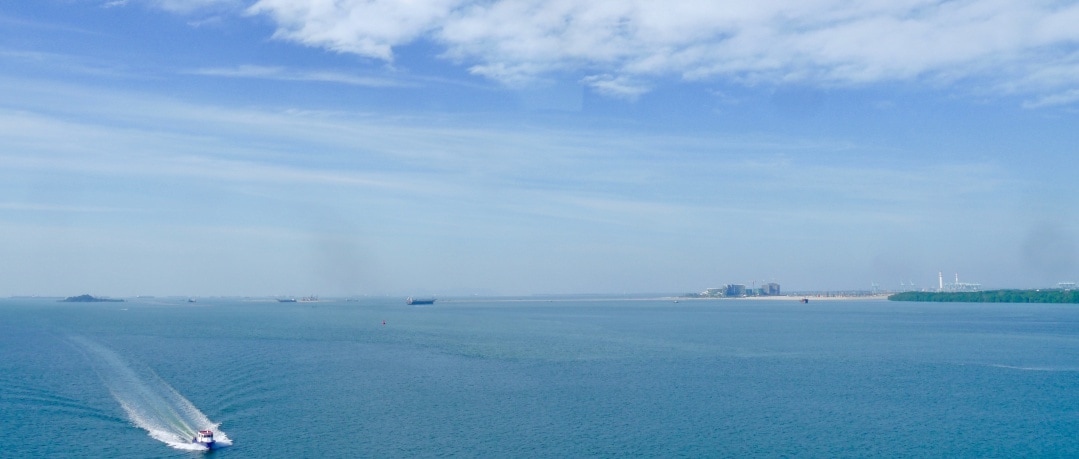
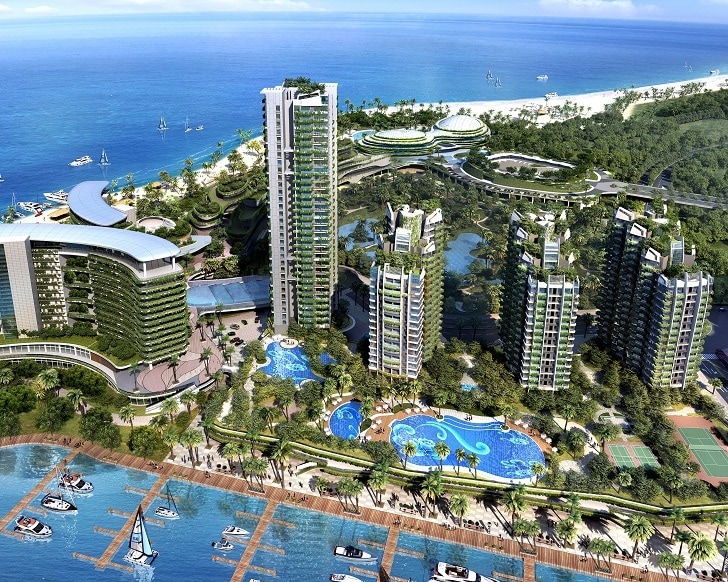
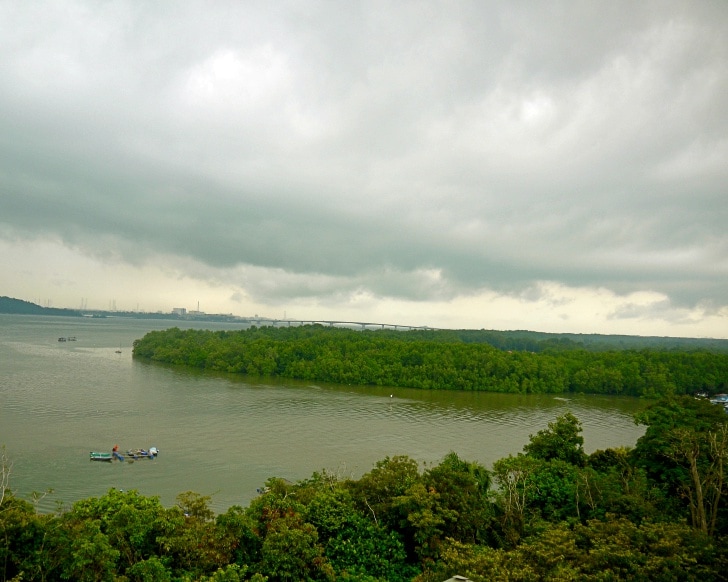
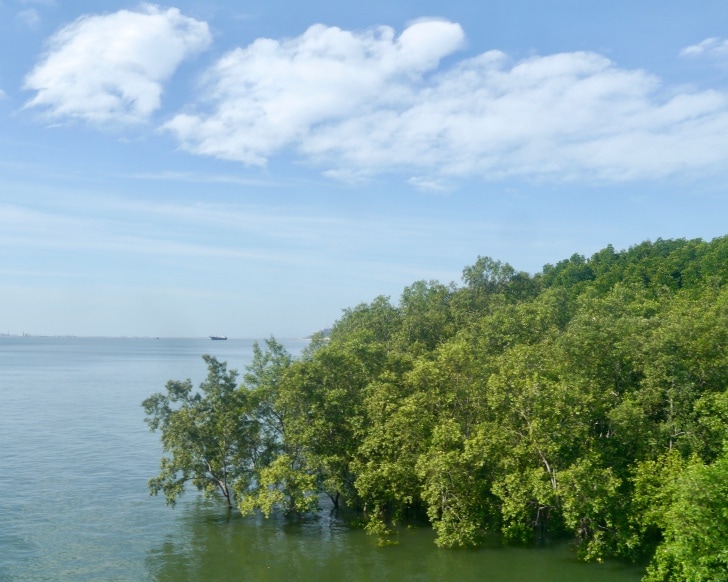
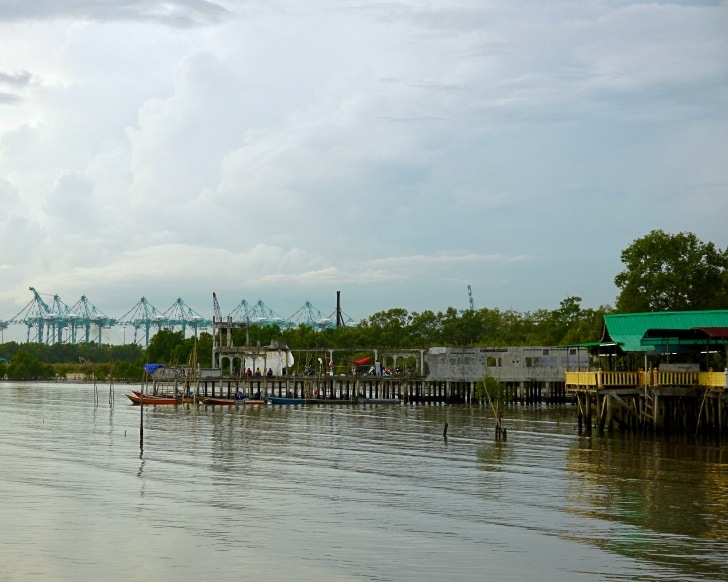
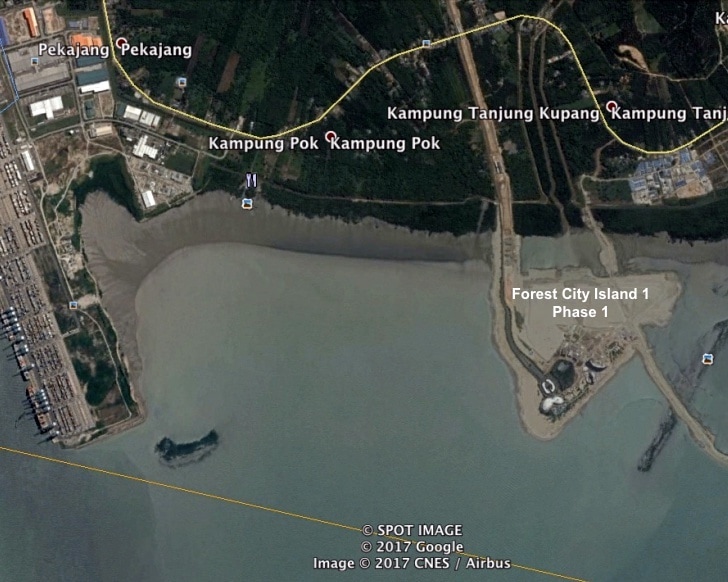
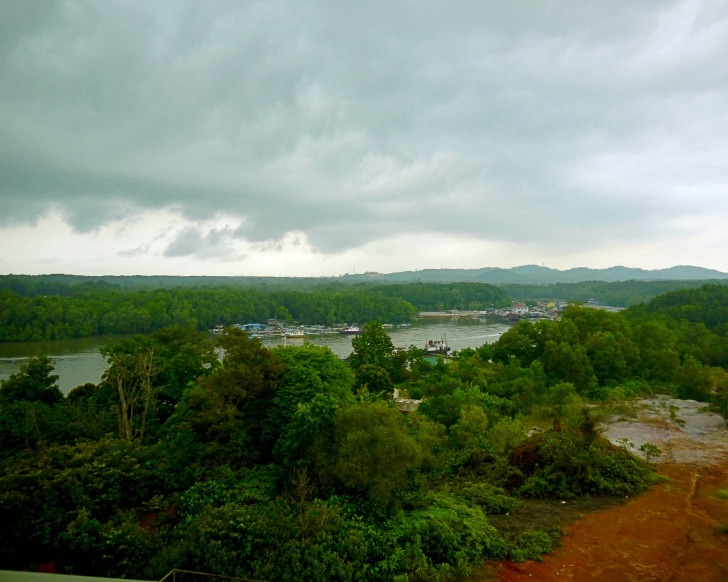
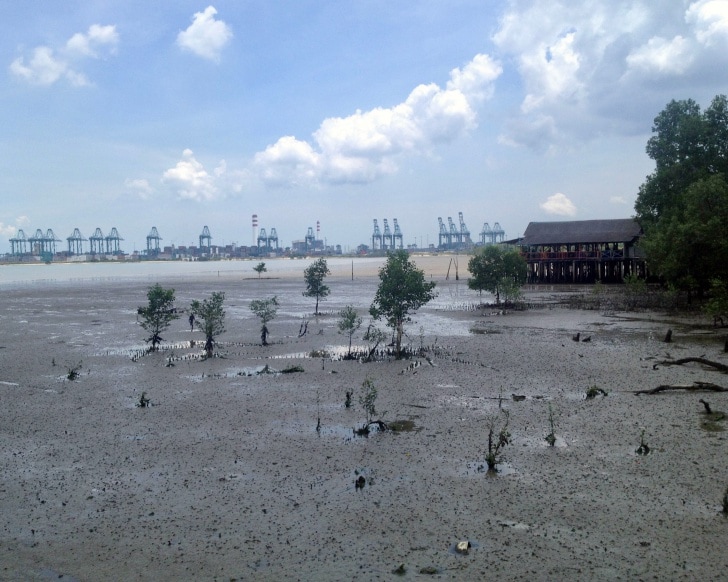
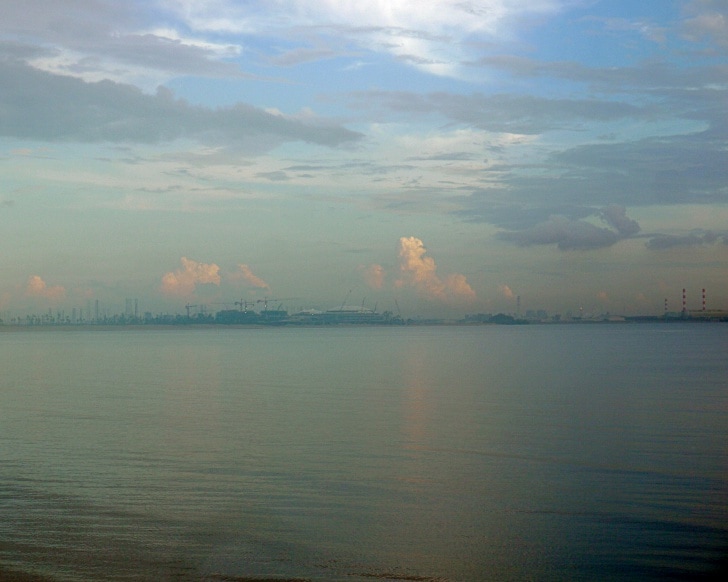
 RSS Feed
RSS Feed
